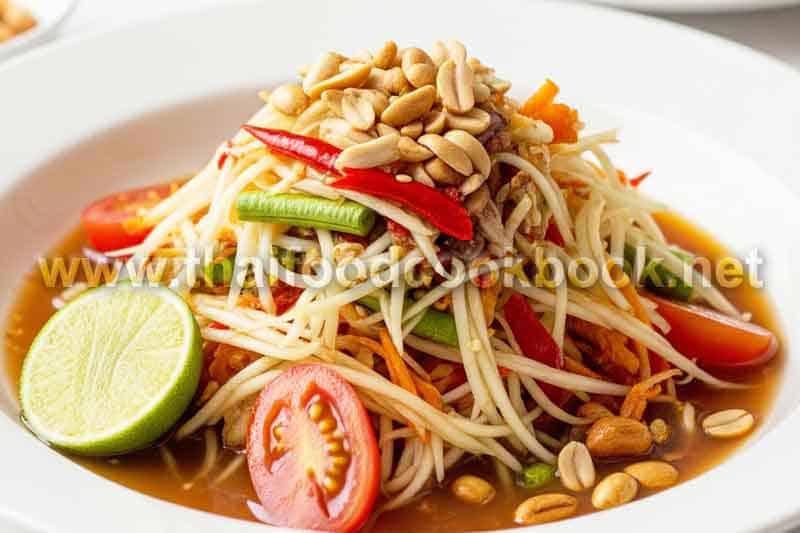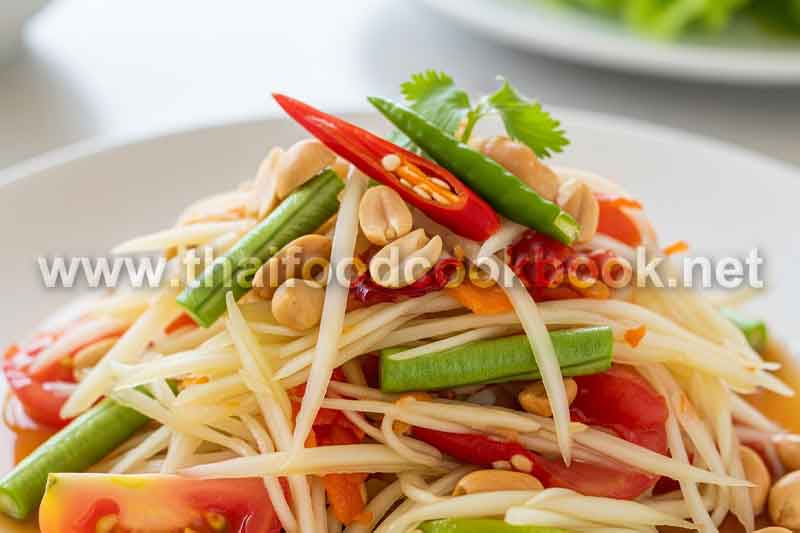How to Substitute Thai Ingredients If You Live Abroad
Cooking Thai food outside of Thailand often feels challenging because many fresh herbs, spices, and seasonings are not easily available in local grocery stores. Learning how to substitute Thai ingredients properly allows you to recreate traditional dishes while living abroad without compromising aromatic depth or regional flavor.
Whether you are replacing fresh lemongrass with limes, galangal with younger ginger, or fresh Thai chilies with similar spicy varieties, the key is understanding how each Thai ingredient contributes to balance: saltiness, sweetness, sourness, creaminess, or heat. Instead of relying solely on imported produce, which can be expensive or seasonal, beginners can still achieve great results by using correct pantry alternatives and preparation techniques. This helps keep dishes authentic while still practical for international kitchens, especially for home cooks who love Thai cuisine but don’t have regular access to wet markets from Southeast Asia.
Understanding Core Thai Flavor Profiles When Substituting
Before choosing a substitute, it is important to understand why an ingredient is used in the first place. Thai cuisine is built on balance, so each replacement needs to support aroma, flavor, and freshness rather than just heat or saltiness. For example, lemongrass isn’t just citrusy—it adds a floral fragrance that balances rich coconut milk, while galangal adds sharp spiciness without overpowering other elements. When cooking abroad, there are four primary categories you will encounter when looking for alternatives: herbs, aromatics, chilies, and seasoning pastes. The closer the substitute matches the function of the ingredient, the more authentic the final dish will taste. Below are practical swaps that match the most essential characteristics:
- Lemongrass → Lemon zest + lime peel + a touch of ginger
- Galangal → Young fresh ginger + tiny amount of pepper
- Kaffir lime leaves → Lime peel or lemon peel + fresh basil
- Thai bird’s eye chili → Serrano, jalapeño, or crushed red pepper
- Palm sugar → Brown sugar mixed with a touch of honey
- Fish sauce → Light soy sauce + anchovy paste or miso
- Tamarind → Lime juice mixed with light brown sugar
Although these alternatives may not perfectly match fresh Thai ingredients, they provide the right foundation for flavor layering. The idea is not to copy each ingredient but to preserve the taste effect that Thai cuisine requires: fragrant, spicy, tangy, and slightly sweet in harmony. If you understand this principle, even the simplest kitchen abroad can produce surprisingly authentic results.
How to Replace Herbs and Aromatics Without Losing Authenticity
Thai herbs are the backbone of Thai dishes, especially soups and curries. When living abroad, sourcing exact leaves and roots can be difficult, so the best approach is combining two or more Western ingredients to simulate their natural complexity. Lemongrass is often best duplicated through the blend of lemon zest and ginger, giving freshness and warmth at the same time. Galangal has no perfect replacement, but young ginger combined with white pepper powder can replicate its sharp, earthy character closely enough for curries and soups. For kaffir lime leaves, use lime peel but avoid too much white pith, as it adds bitterness. Mixing the peel with basil or cilantro adds back the herbaceous, lemony complexity typical in Thai tom yum or green curry. For people with access to Asian markets, frozen versions of these herbs are still far superior to dried substitutes, meaning you can buy in bulk and store for months without losing aroma.
Another important tip is how you extract the aroma. Smash lemongrass before simmering, bruise basil lightly before adding to curry, and never boil cilantro too long or the fragrance disappears. The technique is often more important than the ingredient itself. If a home cook learns these extraction rules, the resulting dish will still smell and taste unmistakably Thai even without original Thai plants. Additionally, roasting dried spices before grinding them enhances depth, compensating for the lack of fresh herbs in international kitchens.
Seasoning Substitutes and How to Balance Sweet, Sour, and Salty Notes
Most people assume Thai food is spicy, but the real signature comes from its seasoning balance. Fish sauce provides umami and saltiness, but if unavailable, mixing light soy sauce with anchovy paste or miso replicates similar savory complexity. Palm sugar is hard to find abroad, yet brown sugar with honey or maple syrup gives caramel depth and natural sweetness. If tamarind is unavailable, lime juice provides acidity while brown sugar softens the sharpness, creating a substitute close to pad Thai sauce profiles. The objective when substituting seasonings is not copying identical taste but arriving at equivalent balance. Never rely on a single substitute—combining two or three mild replacements comes closer to Thailand’s layered flavor structure.
When building sauces, start light and adjust slowly. Western soy sauce is often stronger than fish sauce, so balance with a splash of water before tasting. Coconut milk also varies widely by country; if yours is too watery, simmer it until thick, or add a spoon of coconut cream if available. For curry paste, if store-bought versions taste flat, adding fresh chili or ginger can immediately lift aroma. Consistency is another indicator of authenticity: Thai curries are not meant to be too thick like gravy nor too watery like broth. Understanding this helps the substitute ingredients blend smoothly into the dish, maintaining the correct mouthfeel and aroma expected in home-style Thai cooking abroad.
Finally, for anyone living overseas who loves Thai cuisine but struggles to find original local produce, mastering substitutes turns a limitation into craftsmanship. Instead of worrying about exact copies, focus on learning to mirror the function of each ingredient. The longer you practice, the more natural your instinct becomes when choosing which herb or seasoning to swap. If you ever feel overwhelmed, culinary guides such as Thai ingredient substitutes provide deeper knowledge about how cooks maintain authenticity across borders. Being able to adapt Thai recipes creatively not only preserves flavor but also empowers home cooks abroad to keep cooking with confidence and joy, even far from local Thai markets.

